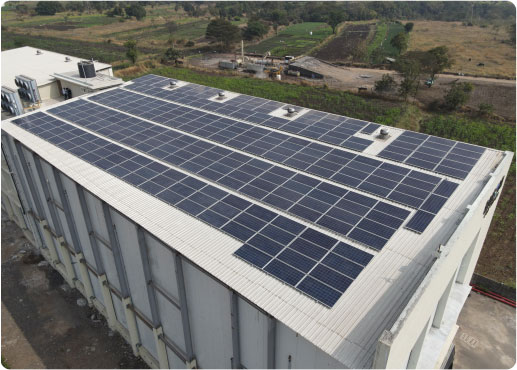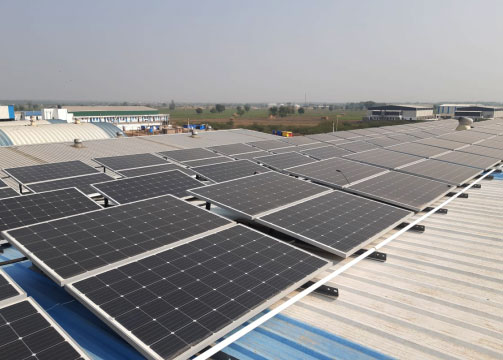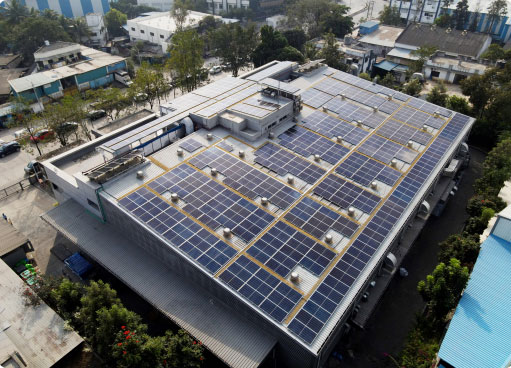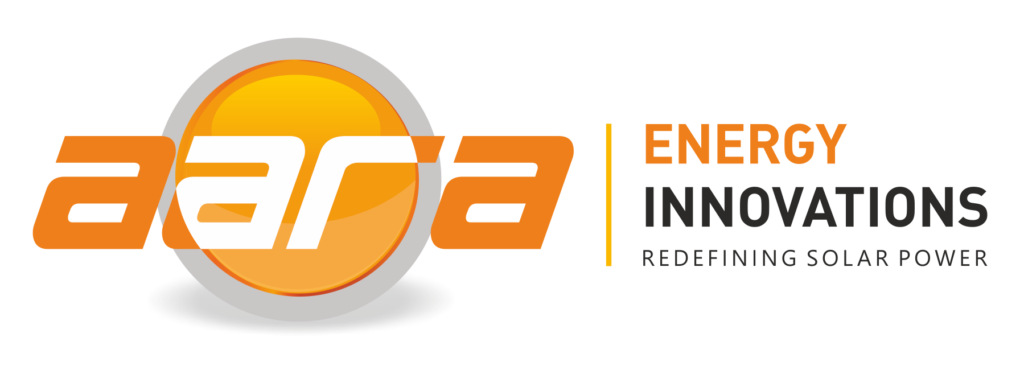Schmalz India Pvt. Ltd.
Location:
Bhosari, Pune
Type:
Roof-top metal sheet
Plant Capacity:
238 kWp
Technology Used:
Monocrystalline Modules with
String Inverters
Roof Orientation:
South
Performance Metrics:
Annual Power Generation:
303,345 - 390,270 kWh/year
Expected Lifetime Generation (25 years):
7,583,625 - 9,756,750 kWh
Sustainability Impact:
Challenge
Solution
- Customized module tilting and placement to maximize solar exposure for north-facing panels.
- Implementation of a split-string inverter configuration,ensuring consistent energy generation even under partial shading conditions.
- Designing a layout to reduce inter-row shading and ensure efficient power output.
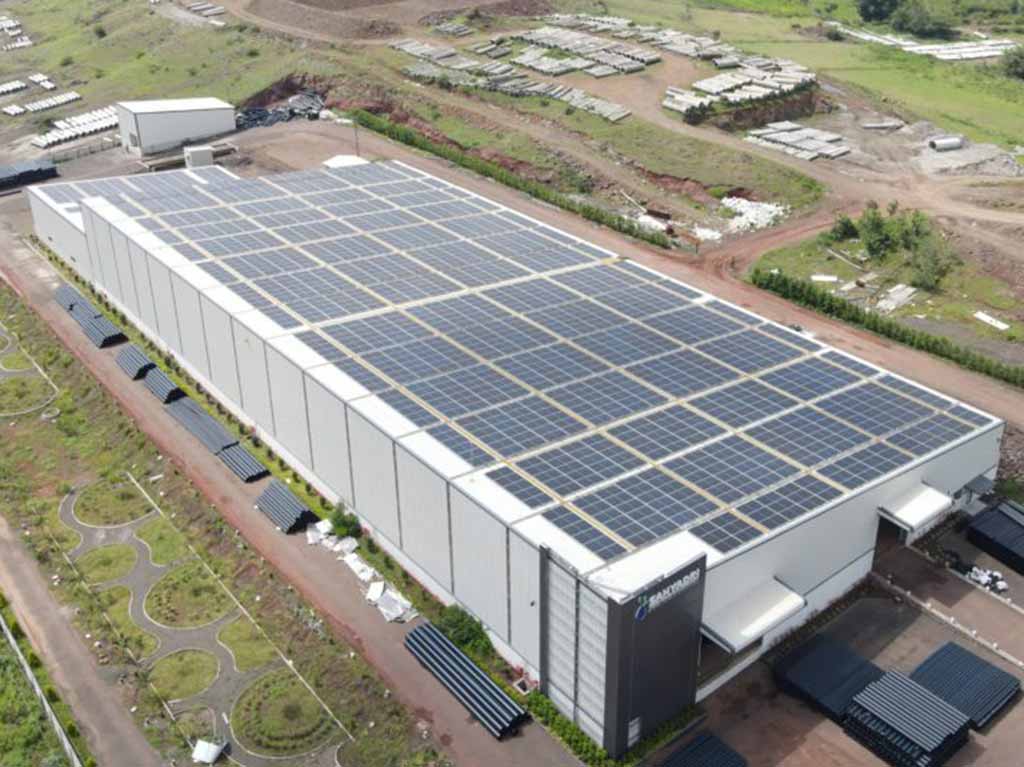
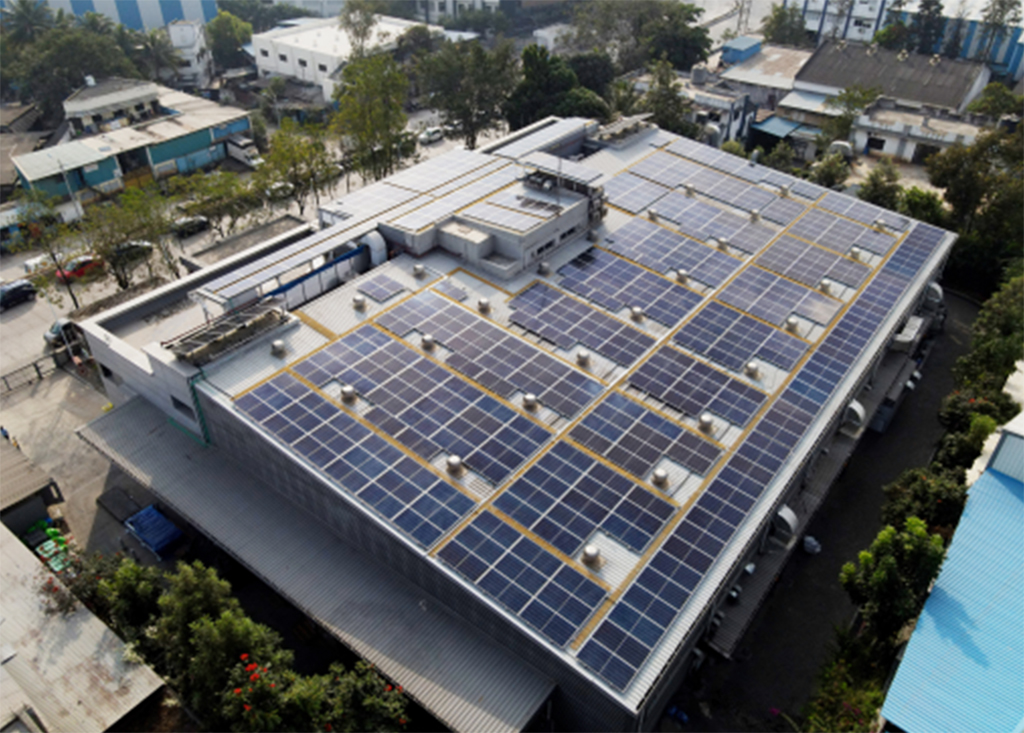
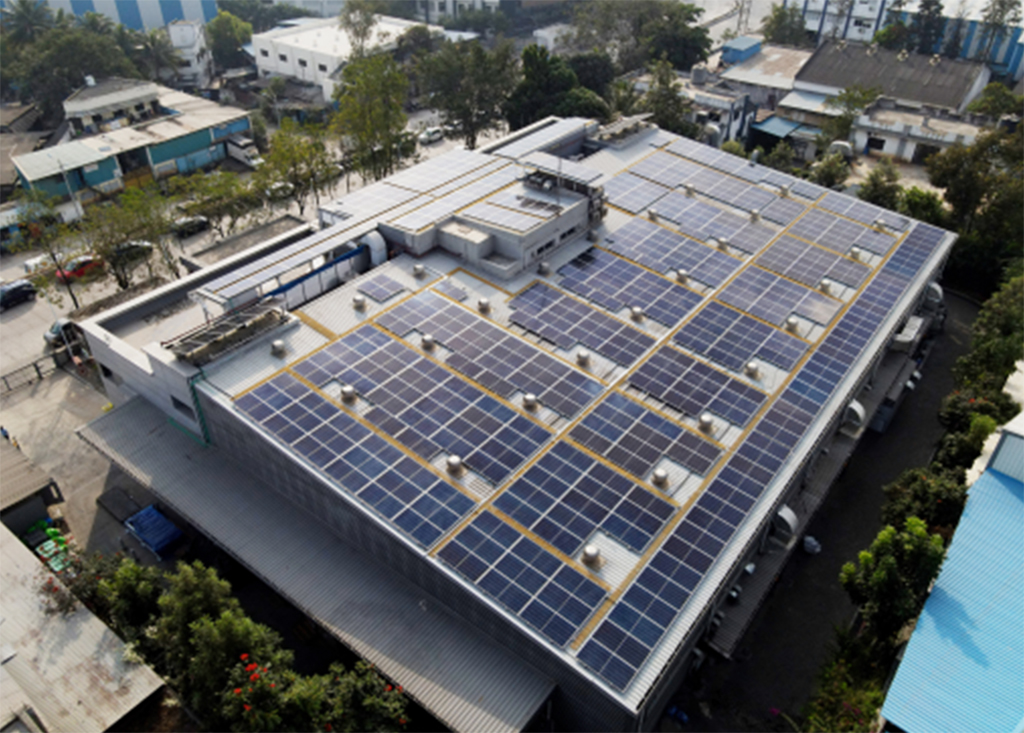
Call Us
+91 70837 33418
sales@aaraenergy.com
Schmalz India Pvt. Ltd.
Location: Bhosari, Pune
Type: Roof-top metal sheet
Plant Capacity: 238 kWp
Technology Used: Monocrystalline Modules with String Inverters
Roof Orientation:
• Annual Power Generation: 303,345 – 390,270 kWh/year
• Expected Lifetime Generation (25 years): 7,583,625 – 9,756,750 kWh
Sustainability Impact:
“As part of its commitment to sustainability and clean energy, Schmalz India Pvt. Ltd., a German-based leader in industrial vacuum technology, has established a state-of-the-art 238 kWp rooftop solar power plant at its new facility in Bhosari, Pune. This installation reflects Schmalz’s dedication to reducing its carbon footprint, generating over 7.5 million kWh of clean energy over its lifetime, and contributing to a greener future.”
The primary challenge was the north-facing orientation of 80% of the modules, which is typically less favorable for solar energy generation. This orientation could have significantly impacted the plant’s efficiency and output. Additionally, the facility’s architectural design introduced complex shadow patterns that required meticulous consideration during project planning and layout design.
To overcome this challenge, the team leveraged advanced simulation tools, including PVsyst and accurate shadow analysis, to assess the irradiance and shading impact across the rooftop. Using this data, the system was optimized with:
• Customized module tilting and placement to maximize solar exposure for north-facing panels.
• Implementation of a split-string inverter configuration,ensuring consistent energy generation even under partial shading conditions.
• Designing a layout to reduce inter-row shading and ensure efficient power output.
This innovative approach enabled the project to achieve optimal performance despite the unfavorable orientation, delivering consistent energy generation and meeting the client’s sustainability goals.





